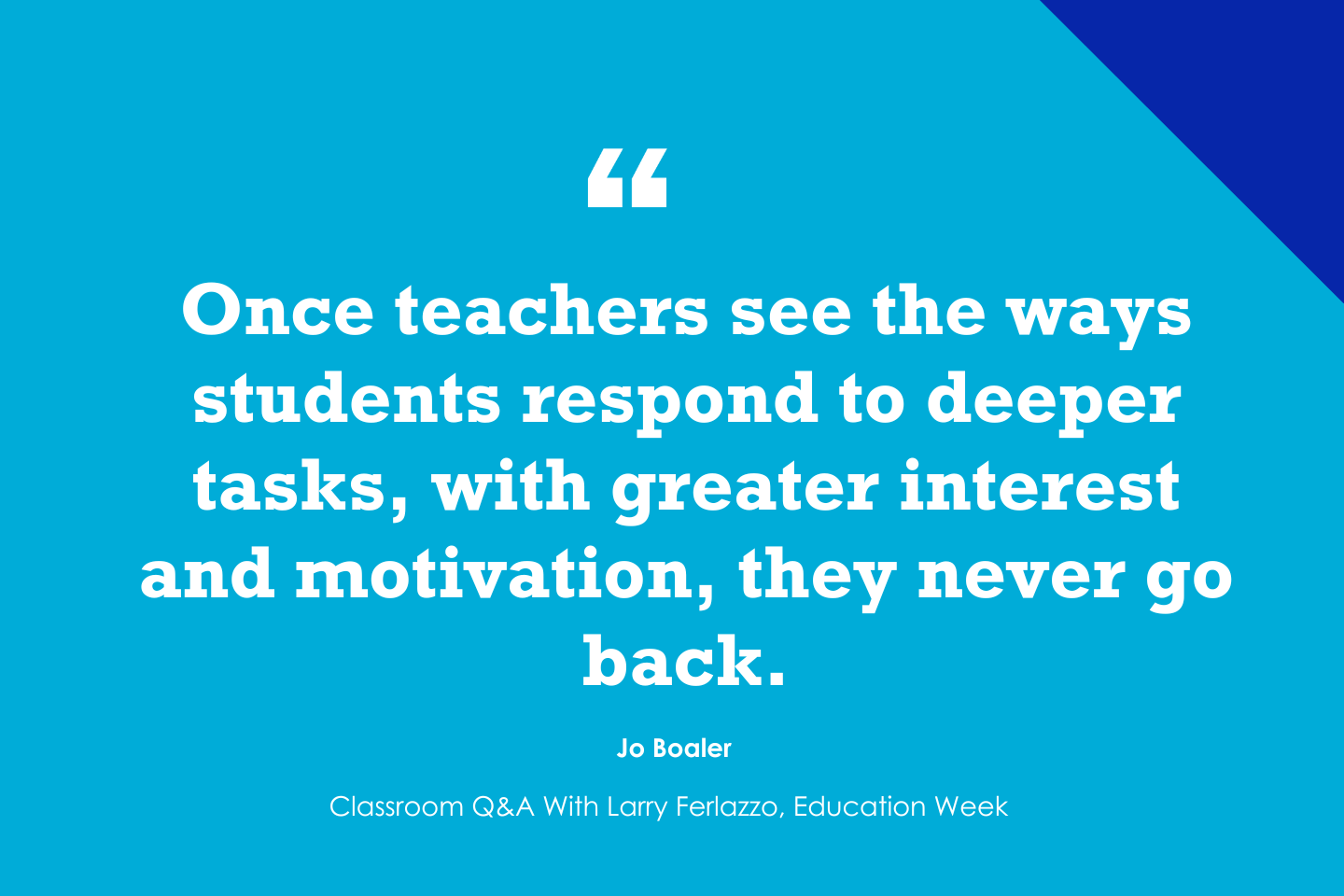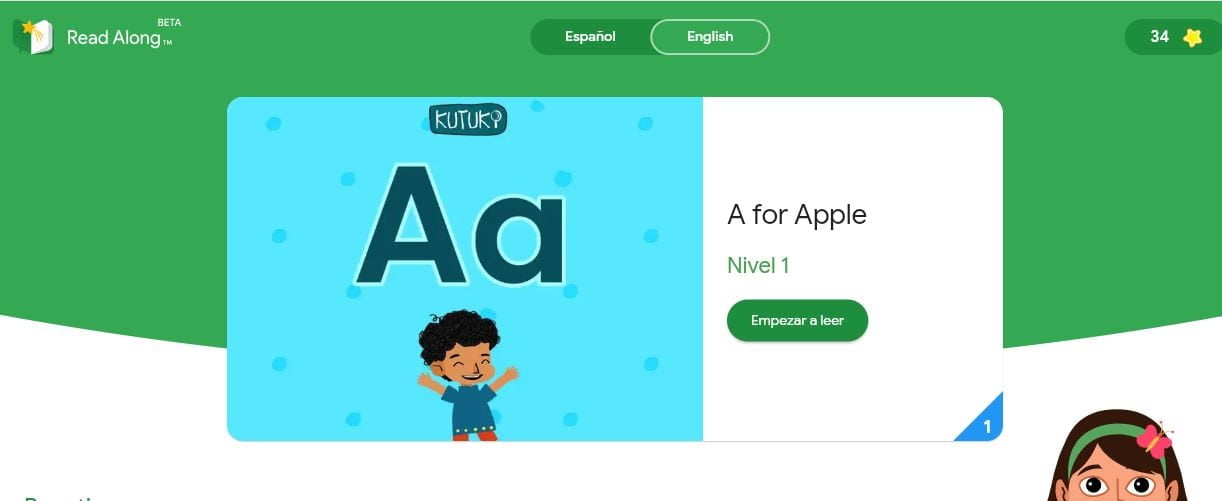Key points:
Student engagement is at an all-time low in the classroom–here’s how to fix it
Student engagement requires more than edtech tools
How we can improve literacy through student engagement
For more news on student engagement, visit eSN’s Innovative Teaching hub
Schools in the U.S. and across the globe continue to struggle with student engagement, according to new research from LEGO Education. Only one-third of U.S. administrators, teachers, and parents/caregivers say students are engaged in learning, underscoring the critical need for more engaging learning experiences.
Nearly half of U.S. administrators (47 percent) believe student disengagement leads to increased absenteeism and decreased enrollment. More than half (61 percent) of U.S. teachers report that disengaged students demonstrate increased behavioral issues, according to the LEGO Education State of Classroom Engagement Report.
The report summarizes findings from a global survey of more than 6,000 administrators, teachers, parents, and students aged 5-14. It spotlights deeper insight into what engages, inspires, and builds confidence in students and educators.
The research yielded four key insights that call attention to universal challenges–and opportunities to meet those challenges–in education today.
1. Administrators, teachers, and parents agree that students are not engaged in their learning, but peer collaboration is a powerful engagement driver. “Student engagement is lower than we want it to be. Administrators and educators are concerned about academic performance and absenteeism, and in need of new approaches and resources,” according to the report.
Key takeaway: Leverage student connection for with collaborative, hands-on learning. Hands-on learning fosters collaboration and uses students’ natural inclination to connect with one another, driving engagement by making the material more fun, tangible, and relevant.
2. Engagement improves academic outcomes and student well-being. “Students who are engaged perform better in school and they’re happier. Teachers who describe their students as engaged report much higher satisfaction with their performance across subjects than those whose students are disengaged,” the report notes. “Beyond academic results and skills, teachers and parents want to inspire a lifelong love of learning.”
Key takeaway: Engage the whole student to boost academic performance, attendance, skills development, and overall well-being. Ideally, the methods we apply in the classroom should help close the gap in academic comprehension and performance, while also boosting students’ self-esteem and happiness to ensure their overall well-being and future readiness.
3. Improving student engagement improves teacher retention. “Eight in 10 teachers would be happier with their work and find it more rewarding if their students were more engaged,” according to the research. “But teachers are feeling the weight of not having enough support. Compared to their global counterparts, U.S. teachers are more likely to say they need resources that are flexible for all learners.”
Key takeaway: Invest in and empower teachers with ongoing support, professional learning, and resources to improve teacher retention and job satisfaction.
4. The path to increased engagement is paved in purposeful play. “The learning through play methodology leverages our natural and intuitive way of learning–which is actively engaging, meaningful, iterative, socially interactive, and joyful. This methodology is defined by its use of creativity and curiosity, encouraging students to adapt, build confidence, and problem-solve,” the report notes. “It encourages active student involvement in the classroom, from asking critical questions to creating connections between concepts.”
Key takeaway: Foster a culture of play to make learning engaging.
Only one-third of U.S. administrators, teachers, and parents/caregivers say students are engaged in learning, underscoring the critical need for more engaging learning experiences. Featured on eSchool News, Innovative Teaching, Student Well-Being, Teaching Trends, classroom, collaboration, Education, educators, global, IT, learning, need, parents, speak eSchool News










